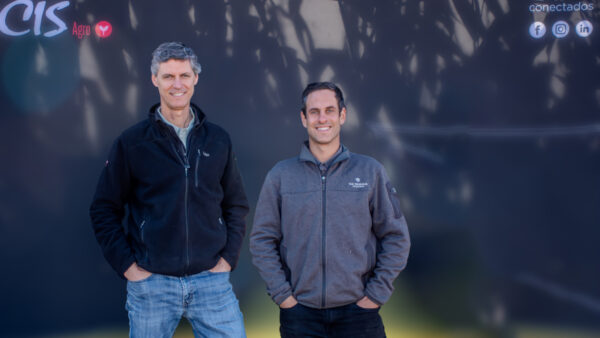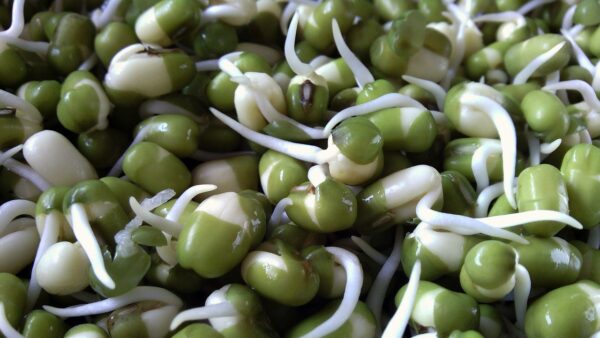Giant Numbers



9 Million — Dollars spent on a global effort to sequence some of the chromosomes of the wheat genome. “We are leading the sequencing of some of the chromosomes of the wheat genome,” says Kofi Agblor of the Crop Development Centre. “It is a $9-million global effort that includes breeders from the United States and Europe, and it could really change the way we look at wheat. Once we are able to do sequencing, we can translate that information and gain a lot of knowledge and insight into wheat genetics, which leads to improved varieties on a timelier basis.”
100-120 – Number of casual staff members employed each fall by the Canadian Food Inspection Agency to help carry out crop inspections. “CFIA has now made it very clear that they are stepping back from the direct delivery of crop inspection,” says van Wyk. “CFIA is still going to stay involved in oversight of the program—certainly in the short term—and when I say that I think for five years, maybe 10. CSTA, the Canadian Seed Growers’ Association and CSI are all providing feedback and working with CFIA to see what can be done and what kind of solutions can be implemented to replace approximately 100 to 120 casual staff, who are hired annually by CFIA to conduct crop inspections. It’s a big challenge to try and picture what a privatized delivery model will look like moving forward—we really need feedback from industry right now and should have a much better idea of the level of interest as we approach the new year.”
60 – Percentage of funding for the Crop Development Centre that comes from the private sector. “While the public provides long-term strategic and operational dollars to the CDC, it isn’t the major funder to CDC research programs, so we have always [had partnerships] and in some crops, such as pulses, at a much higher rate,” says Kofi Agblor of the Crop Development Centre.














